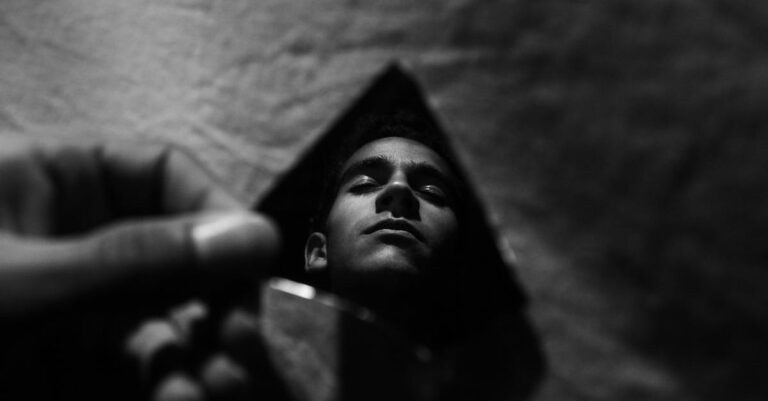
Dr. Lila Voss had never been one for small talk. Her world was the sterile hum of the lab, the sharp scent of antiseptic, and the quiet thrill of decoding the brain’s labyrinth. She lived alone in a converted warehouse on the outskirts of Denver, its walls lined with books on neuroplasticity and journals filled with her own fragmented notes. The outside world was a blur of distant conversations and hurried footsteps—until the day she found the file.
It appeared on her terminal without warning, a single encrypted folder labeled *Project Aegis*. Her fingers trembled as she opened it. The documents were clinical, impersonal: neural maps, psychological assessments, and a series of dates that didn’t match her memory. One entry stood out—a scan of her hippocampus, annotated with a note that read: *Subject exhibits resistance to consolidation. Memory pathways show irregularities. Proceed with caution.*
Lila’s breath hitched. She had no recollection of being part of any project. Her research had always been self-directed, her experiments confined to the lab. Yet here was proof she’d been monitored, manipulated. The folder contained video logs—her own voice, but unfamiliar. *”I don’t remember the accident,”* she heard herself say, her tone distant, fractured. *”But I know it changed me. Something’s missing.”*
She shut the laptop, her pulse a frantic rhythm in her ears. The warehouse felt smaller suddenly, the air heavier. She needed answers. But as she delved deeper, the files revealed more than she’d bargained for. There were protocols, timelines, and a single line that made her stomach twist: *”Objective: Erase trauma. Success rate: 78%. Failure: Unpredictable.”*
Lila’s hands shook as she scrolled through the data. The implications gnawed at her—had she been part of an experiment to erase her own trauma? But why would she resist? And what catastrophe had left her with these gaps in her memory?
The next day, she pored over the files, her mind a storm of questions. She found a reference to a facility in New Mexico, a place she’d never heard of. The coordinates led her to a derelict building on the edge of the desert, its windows shattered, its doors rusted. Inside, the air was thick with dust and the scent of decay. She discovered a lab hidden beneath the floorboards, its equipment long abandoned but still humming faintly. Among the debris, she found a journal—her handwriting, but her entries were disjointed, as if written in a trance.
*”They said it would help,”* one entry read. *”But the memories won’t stay buried. They fight back.”*
Lila’s eyes stung. She wasn’t just a subject—she was a participant in something far larger, something that had left her fractured. The more she uncovered, the more the lines between her past and present blurred. She began to see patterns in the files, connections that hinted at a greater conspiracy. But with each revelation, the weight of her discovery pressed heavier on her chest. Was she chasing truth, or was this another layer of control?
As the days passed, Lila’s paranoia grew. She started noticing things—strange symbols etched into the walls of her warehouse, a faint hum in the air that seemed to pulse with her heartbeat. The files kept coming, each one more disturbing than the last. One contained a list of names, hers among them, with notes that suggested she had been part of a larger group. But why? What had they all been through?
The final file was different. It wasn’t a document or a video log—it was a sequence of images, each one more surreal than the last. A city in ruins, a figure in a lab coat standing in the middle of it, and then a flash of something else: a face, familiar yet unrecognizable. Lila’s breath caught. This wasn’t just about her. It was about all of them. The experiment had gone wrong, and the consequences were still rippling through time.
She knew she had to leave. The warehouse felt like a prison now, its walls closing in. But as she packed her things, a thought lingered: what if the truth wasn’t liberation, but another form of control? What if the experiment wasn’t over? And what if the real danger wasn’t the memories she had lost, but the ones she was about to remember?


